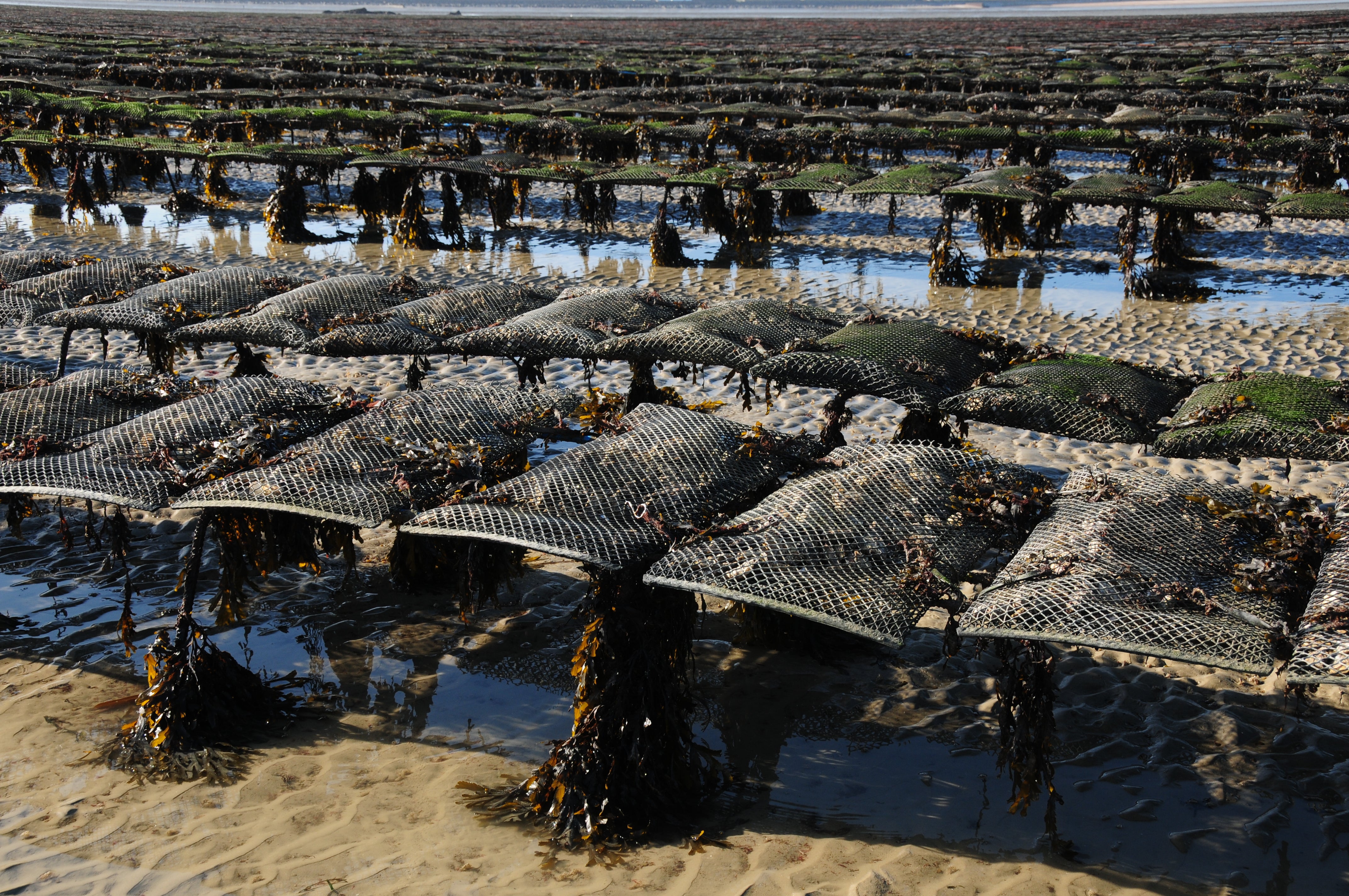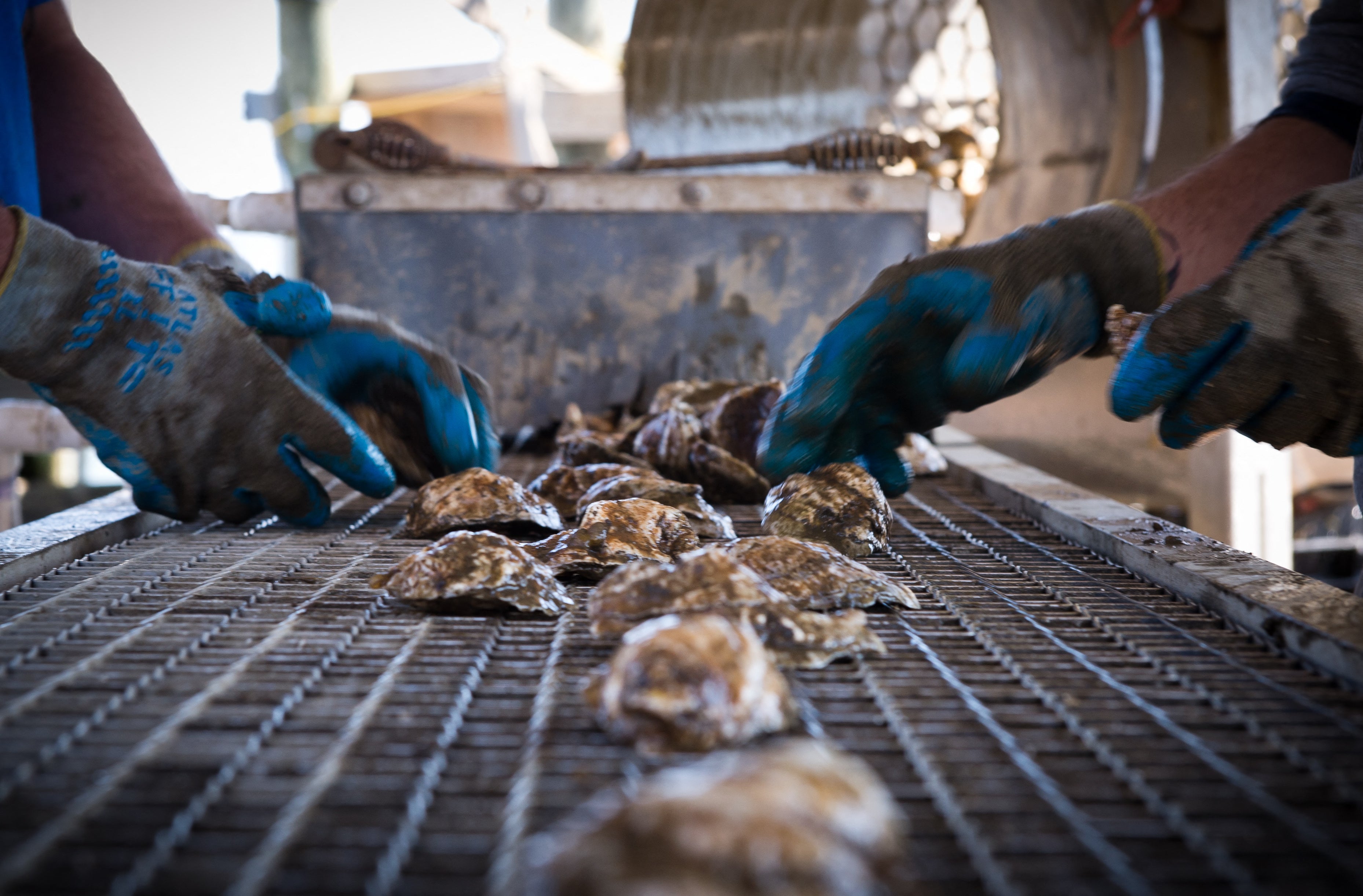Oysters are mysteriously dying off in the millions and scientists are struggling to figure out why
Oyster farms are losing millions of molluscs each year, putting livelihoods in jeopardy. Scientists are racing to understand why
Your support helps us to tell the story
From reproductive rights to climate change to Big Tech, The Independent is on the ground when the story is developing. Whether it's investigating the financials of Elon Musk's pro-Trump PAC or producing our latest documentary, 'The A Word', which shines a light on the American women fighting for reproductive rights, we know how important it is to parse out the facts from the messaging.
At such a critical moment in US history, we need reporters on the ground. Your donation allows us to keep sending journalists to speak to both sides of the story.
The Independent is trusted by Americans across the entire political spectrum. And unlike many other quality news outlets, we choose not to lock Americans out of our reporting and analysis with paywalls. We believe quality journalism should be available to everyone, paid for by those who can afford it.
Your support makes all the difference.Oysters are experiencing mass die-offs along the US coastline, leaving farmers distraught and scientists struggling to come up with answers as to why.
For more than a decade along the East Coast and Gulf of Mexico, millions of farmed oysters, which are grown in cages or bags in tidal areas, have fallen victim to Sudden Unusual Mortality Syndrome, or SUMS, which causes the flesh inside the shell to break down.
It has been devastating for the seasonal oyster industry, resulting in some farms shutting down completely and others moving further north. And scientists believe they are only just beginning to understand the scale of the problem.
“I’ve got grown adults who are almost in tears when they call about this. Because it is a gut punch, that you don’t know what to do to make it right,” Bill Walton, a professor at the Virginia Institute of Marine Science, told The Independent this week.

He added that oyster losses were a “significant problem” this year in the Southeast and Northeast. “I promise you, the growers are not at fault,” he said. SUMS has been reported as far south as Texas and as far north as Maine.
In the region around Virginia’s Chesapeake Bay, where more than 50 million oysters are grown, Walton said the sudden mortality syndrome is increasing, and has been for a decade.
In January 2021, millions of pounds of oysters on the banks of Louisiana’s Plaquemines Parish were found dead, with some farmers seeing a total loss.
“So we’re responding to the houses that are on fire [and] trying to help them. But, ‘Why aren’t other houses catching on fire?’ is an important question that will help us get to the ‘why,’” said Walton.

Professor Ryan Carnegie, who works with Walton in the Shellfish Aquaculture Program, said the disease had been devastating for many of the farmers he’s talked to.
Carnegie studies thin slices of oyster tissue on microscope slides that help him see stress and disease. But, after taking a peek under the shell, many of the oysters appear to be fine. “They’re dying of something, and it’s not the parasitic diseases,” he said.
A recent report from marine experts at eight schools, including the Virgina Institute, found that mortality rates are greater than 70 percent at oyster farms along both coasts year over year.
Although these die-offs generally happen during peak reproduction, in early spring and summer, oysters can be affected at other times and environmental conditions could be a factor.
“Under the stressful conditions of intensive aquaculture, we know our marine environments are getting more stressful than they’ve been ... The peak temperatures can be very high. We’re struggling with low oxygen levels,” Carnegie said.

The North Atlantic has seen record high sea surface temperatures in the past 18 months, with the heat wave causin severe stress to ecosystems. The same was true for the Gulf of Mexico this year.
Genetics might also play a role. Some oysters are bred to be sterile so they can grow faster, which means they carry an extra set of chromosomes. Carnegie wondered if that genetic burden, when water temperatures are high and food sources are lacking, could weaken their chances of survival.
“So, is that burden just too much at a challenging time of year that it tips these thoroughbreds that are really built to trace to market size that it tips them over the edge into mortality?” he asked.
Walton said scientists still can’t really get a handle on the scale of the issue, because they’re only responding to individual problems from oyster farmers. The scientists are now planning to work with 20 commercial farms from Virginia to Texas to test oysters while monitoring environmental variables like ocean temperature and salinity.
At the moment, the best they can offer is help in testing oysters in stressful conditions. But, that’s not a fix.
“There are farms that have moved their entire site because of this, and that’s not easy and that’s not cheap,” Walton said. “So, at the individual level, it is enough of a question that you have to ask if it makes sense to keep doing it.”

Join our commenting forum
Join thought-provoking conversations, follow other Independent readers and see their replies
Comments